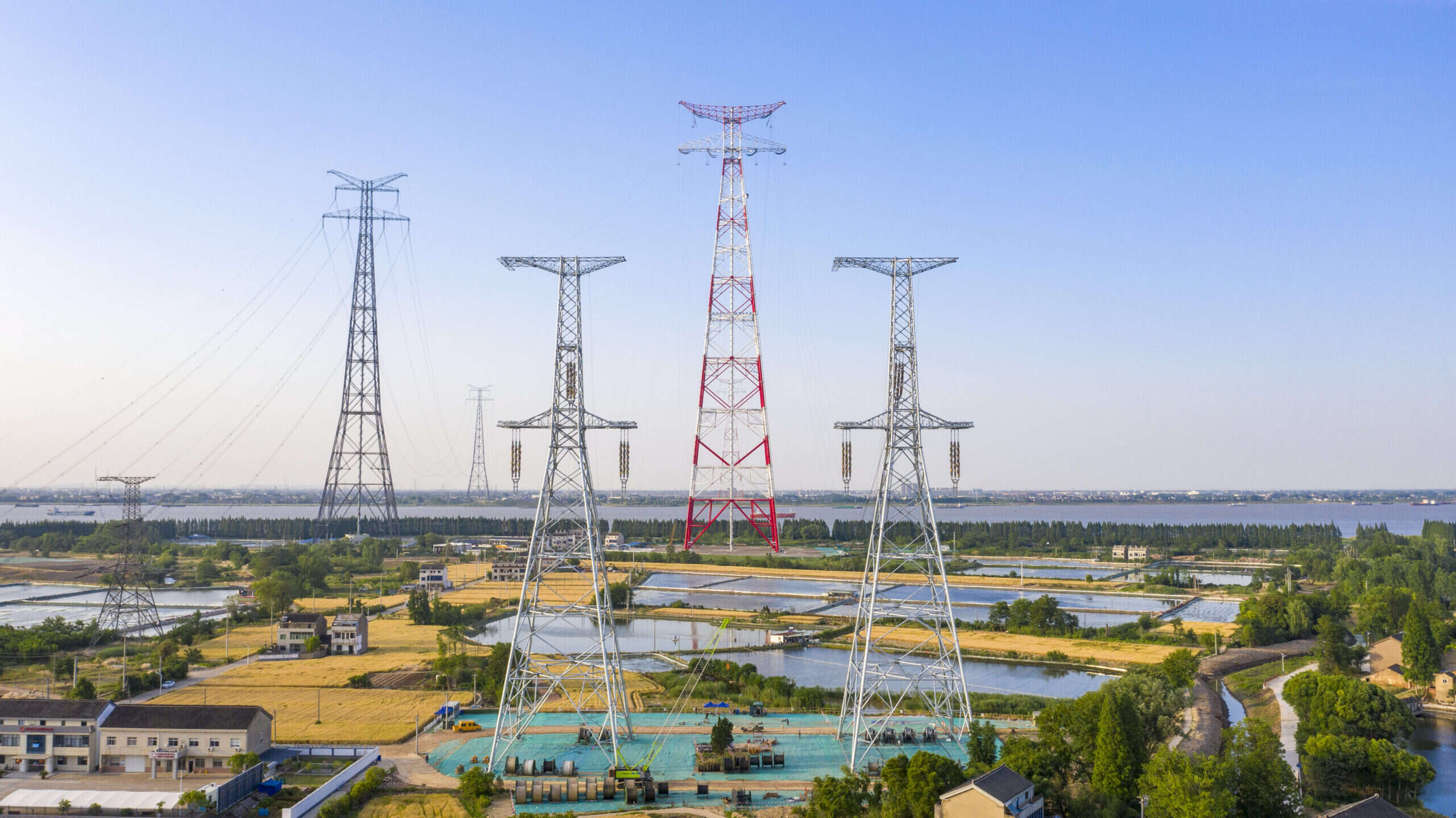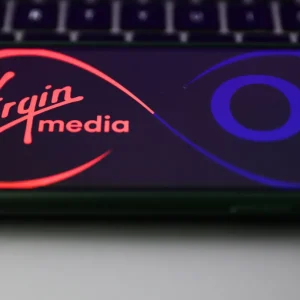
The race to build the sixth generation of mobile networks is heating up, with Nokia this week announcing its leading role in running 6G-ANNA, a three-year R&D programme funded by Germany and aimed at bolstering Europe’s 6G internet capabilities.
Although 5G penetration is still relatively low in Europe, it is expected to surge in the next five years, and the European bloc is keen to leverage this rapid roll-out to get a head start with next-generation networks.

What is 6G-ANNA?
The 6G-ANNA project is an R&D initiative that involves industry giants including Nokia, Ericsson, Airbus, Bosch, Siemens, and Vodafone, a total of 19 German research institutes, and a number of SMEs involved in wireless communications. It aims to design an “end-to-end” architecture for the 6G mobile telecommunications standard, which is still in development, along with accompanying applications such as extended-reality and “real-time digital twinning”.
Nokia announced this week that it will lead 6G-ANNA. Although commercial 6G networks are not expected before 2030, 6G-ANNA’s “pre-standardisation” innovation efforts will help lay the foundation, Nokia said.
Nokia’s leadership of the 6G-ANNA project will bolster 6G innovation in Europe, Ahmad Latif Ali, vice-president of European telecommunications at market watcher IDC. “With its vast experience and abilities to develop and deploy multiple generations of communications technologies, Nokia’s role as coordinator and technology leader in the 6G-ANNA project will help accelerate 6G research and standardisation efforts.”
And it is not the only 6G internet project that Nokia is involved in. “Beyond 6G-ANNA, Nokia is engaging with major industry peers, customers, academia and research institutions globally, spanning the US, Europe and APAC to form a common view and direction for 6G,” said Peter Merz, head of Nokia Standards, in a statement.
In January last year, the Finnish telecommunications giant was announced as the project leader for Hexa-X, the European Commission’s 6G flagship initiative for research into next-generation networks, funded by the Horizon 2020 research and innovation programme.
And just last week, Nokia cemented plans to collaborate with the South Korean network operator LG Uplus to explore how existing infrastructure can be used for 6G projects.
Is it too soon for 6G internet?
Europe’s roll-out of 5G networks is still ongoing and globally, “adoption of mobile internet services has not kept pace with the expansion of network coverage”, according to research by mobile trade body GSMA. So is it too soon to be working on 6G?
Not so, says Ahmad Latif Ali, vice-president of European telecommunications at market watcher IDC. The full commercialisation of a new generation of communications technology typically takes “around a decade from the start of research,” says Ali. “Now is the right time to lay the foundations for long-term innovation that can drive 6G developments”.
What is more, 5G adoption is predicted to skyrocket in the next five years, amid soaring demand for mobile network services. In Western Europe, for example, 5G subscriptions stood at 6% of all mobile subscriptions at the end of 2021, according to Ericsson’s latest Mobility Report, but are expected to reach 82% in 2027.
5G penetration is forecast to reach 90% in North America, and 80% in the Gulf, in the next five years. Meanwhile, the North East Asia region, which includes China, is predicted to see 5G subscriptions almost quadrupling by 2027.
If these predictions come to bear, telecommunications providers will be eager to ensure they have a head start in the next generation's roll=out.
The geopolitics of 6G
Aside from this anticipated uptick in demand, geopolitics is also at play in the race to 6G. In Nokia’s presentation slides for the 6G-ANNA project, the company makes clear its ambitions to “strengthen and push German and European” industry efforts in next-generation networks. It mentions its aims to spearhead global “pre-standardisation activities from a German and European perspective”, and to also “strengthen and push German and European technology sovereignty”.
These plans are evidently aligned with the EU's pursuit of technological sovereignty, its ability to shape and capitalise on the technology it uses. In a statement released last year announcing €900m in R&D investment, the European Commission emphasised the need to foster the region’s technological sovereignty in 6G and to prepare for “early market adoption of 6G technologies by the end of the decade”.
The impetus for this is China’s dominance of 5G networks, which have so far largely depended on equipment from Chinese suppliers Huawei and ZTE. This dominance has prompted fears about the security of 5G networks among governments around the world, and countries are hardening their stance against China-made network infrastructure.
Earlier this week, India announced that its telecommunications companies could now only purchase materials from “trusted sources” for network expansion or upgrades, a policy widely seen as targeting Chinese telecommunications equipment manufacturers. This move follows other countries including the US, UK, and Sweden, which have banned domestic network operators from using Huawei kit.
“For these states, the lessons of the Huawei 5G debate are still fresh – industry leaders and policymakers face tricky questions about balancing network security and trustworthiness against cost, and are eager to avoid dependence on a single vendor or supply chain for their telecoms needs,” wrote Beryl Thomas from the European Council on Foreign Relations. “Accordingly, they are keen to increase the resilience of their domestic networks by moving forward with their own 6G ecosystems.”
American lawmakers have been more blunt. "5G was the wake-up call, the 'holy crap' moment," US Senator Mark Warner, who chairs the Senate Intelligence Committee, said in an interview with Politico last year. "China is setting the standards for the future."






